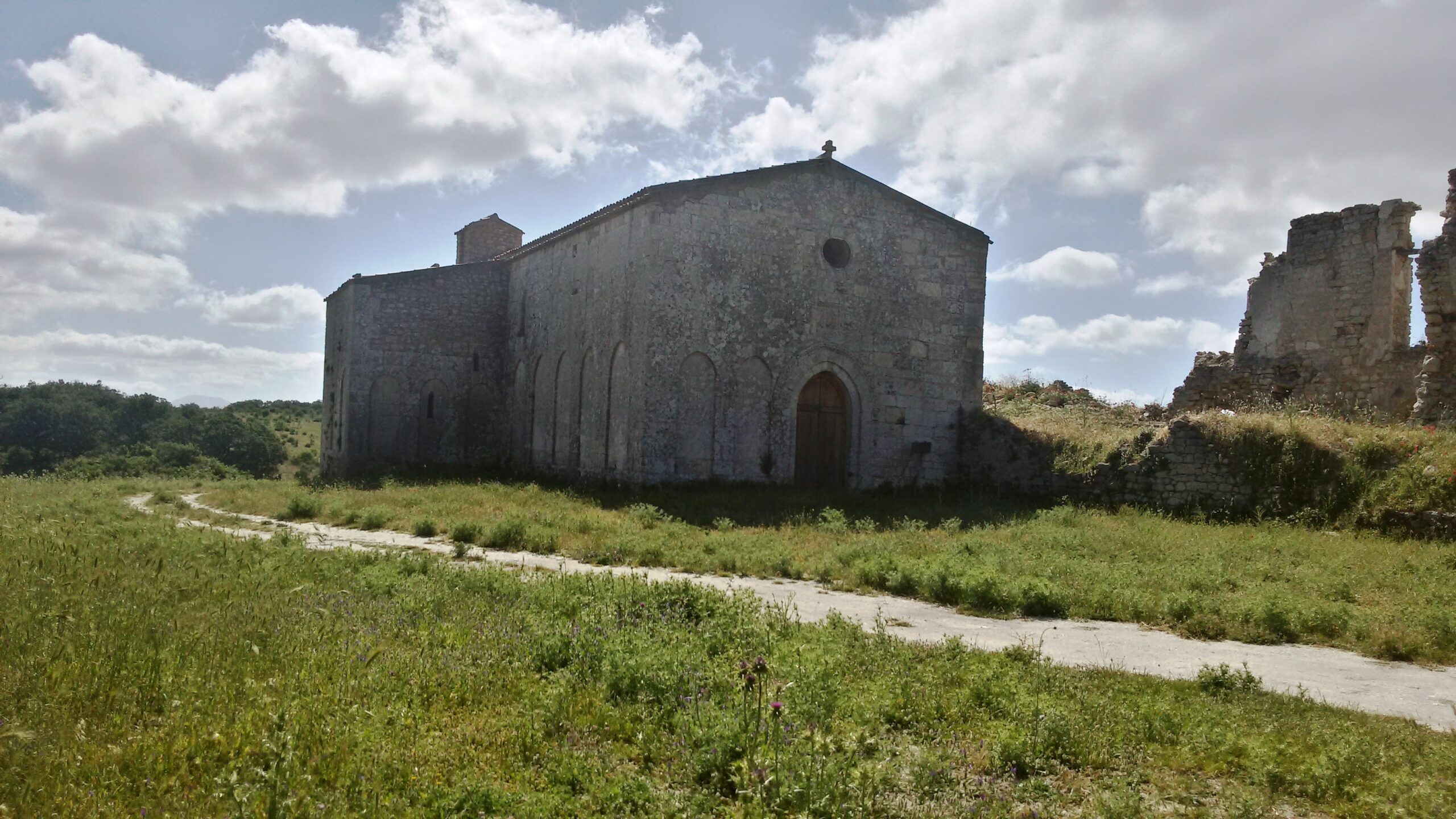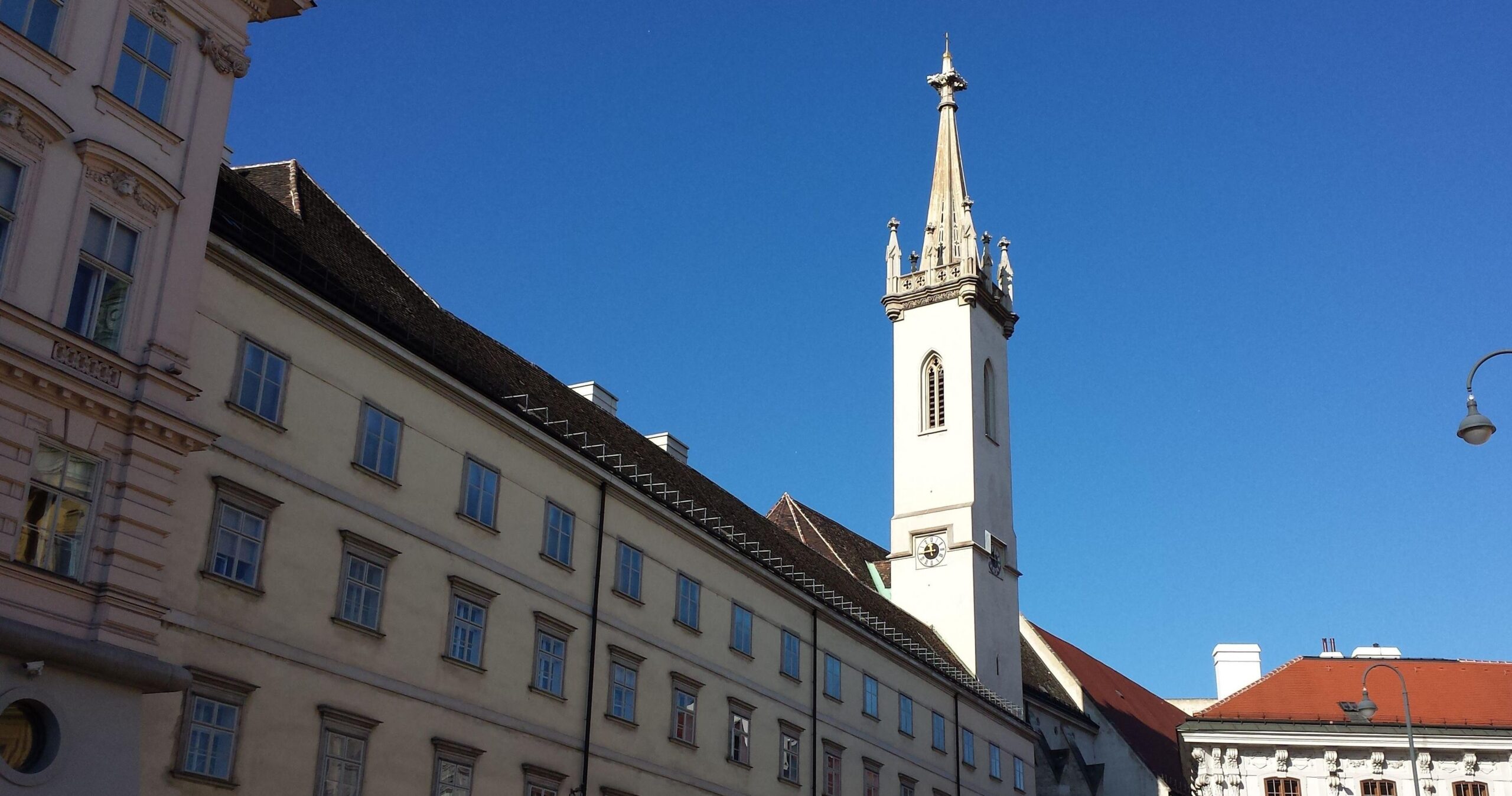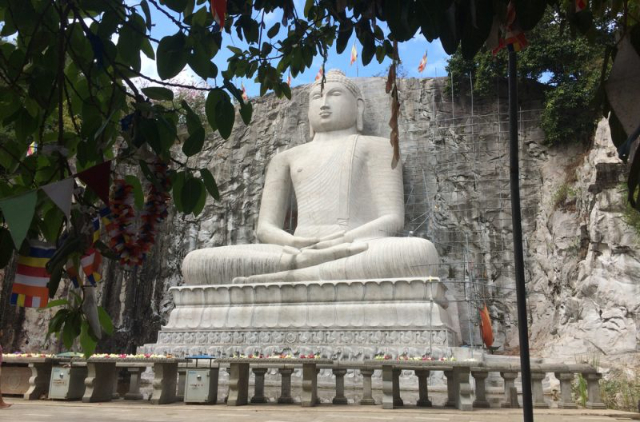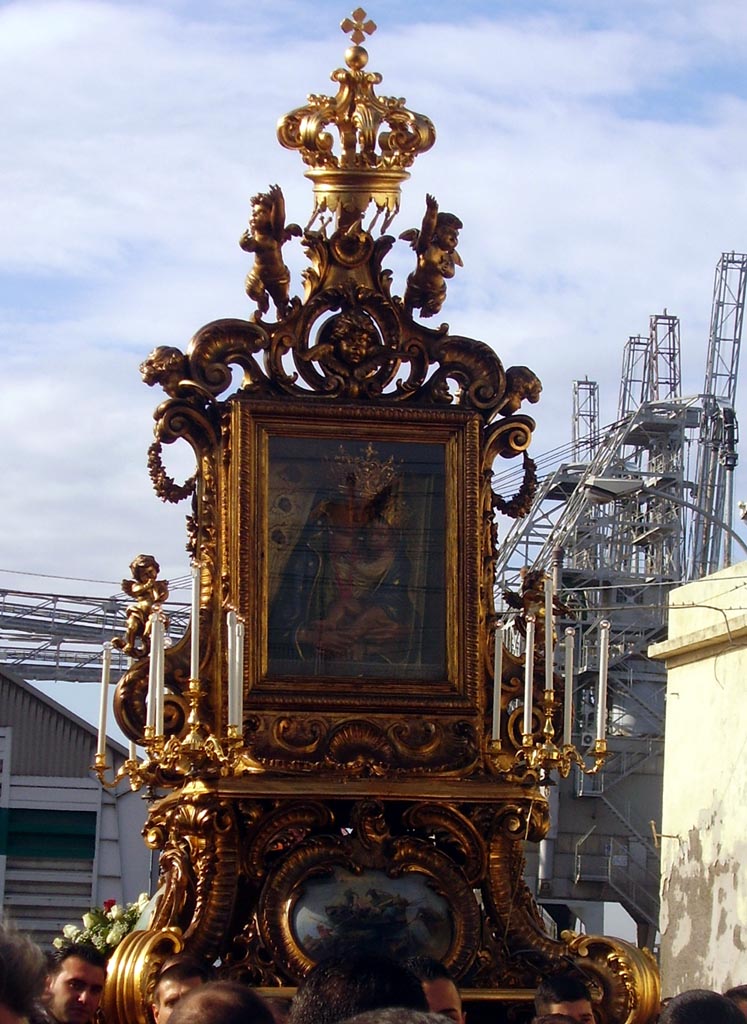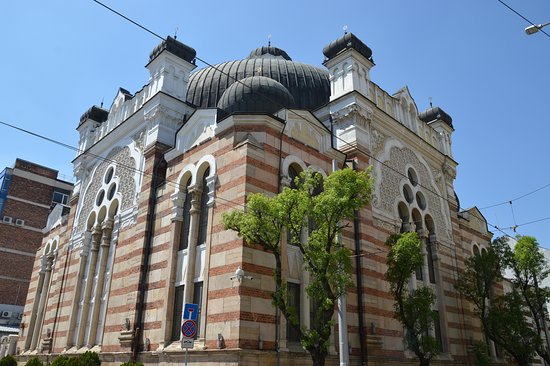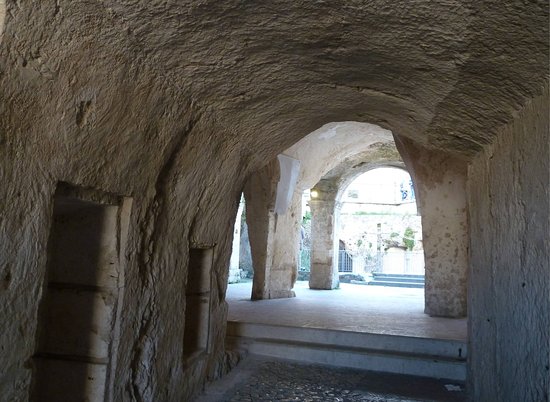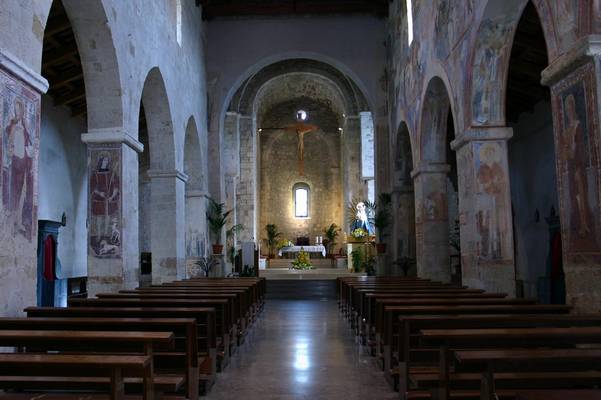The Sanctuary of Our Lady of Rifesi was built in 1170 by the Norman Ansaldo, castellan of the Royal Palace of Palermo during the bishopric of Agrigento Gentile.
It was a monastery dedicated to Our Lady and called "Priory of St. Mary Rifesi and the Holy Trinity".
In 1188 the Bishop of Agrigento Bartholomew granted to some monks to settle in this monastery, they had come thanks to some Norman ships under the reign of William II and had fled from Syria after the fall of Jerusalem.
Over the centuries the monastery remained intact, also maintaining its religious function in the vast surrounding area.
From inheritance to inheritance, it followed the fate of the feud in which it had been built and from which it had taken its name: Rifesi.
The qualification of "sanctuary" was officially granted by the Bishop Mons. Luigi Bommarito on November 5, 1987 that, at the request of the Vicar General Mons. Angelo Noto, confirmed with an act of ecclesiastical authority a definition handed down over the centuries.
The Sanctuary consists of a Church and an adjoining Benedictine monastery, built according to the architectural style of Norman art.
It is about eight kilometers from Burgio and rises at a height of 807 meters above sea level.
It appears suddenly, after having passed, surrounded by secular oaks of the Sicani forest, the dirt road that connects it to the town.
Majestic in its Norman beauty, the Sanctuary today is no longer fully accessible. It remains, in fact, standing only the Church, recently restored thanks to an intervention funded in the 80s by the Superintendence of Agrigento.
The restorations have allowed to redefine the capitals of the columns that reproduce geometric motives of Byzantine style. To stonemasons of these origins, therefore, goes back the workmanship of the Church.
The roof has also been recently restored. Internally the Church has three apses and walls probably frescoed in the 17th century. fresco inside the Sanctuary
The interior is accessed through a wooden portal on the archivolt of which portraits of the castellan Ansaldo and Bishop Gentile are depicted.
Outside you can see the bell tower and inside there is a chapel with an altar.
Around, instead, only the ruins of the ancient monastery remain. Observing them, it is possible to imagine the greatness that it had to have, with wide arcades, the cloister and the well attached to it. Between the Church and the adjoining monastery, united on the left side, there was communication.
Around the monastery and the Church there must have been a defensive barrier, probably consisting of massive walls as evidenced by the large moat surrounding it.
Inside the Church there was a wooden Crucifix, of poor workmanship but important for the devotion that the inhabitants of the country give to it. Precisely for this reason, the ancient Crucifix of the twelfth century, is now kept in the Mother Church of Burgio and here is carried in solemn procession every second Sunday in August.
For the rest of the year, only the wooden copy of the real Crucifix is kept on the right apse.
It is said that the wooden Crucifix was carved in 1200 by a shepherd who used the wood of a tree. He managed to carve the whole Christ except the head.
Legend has it that the head was found by the shepherd at the foot of an oak tree called the "celsa di lu Signuri", but the incredible is that the same oak tree, later, was struck by lightning and it remained a trunk monk, the appearance of a cross.
Another legend that is still told today is that the Crucifix kept in the Church was to be transferred permanently to Bivona but, during the journey, a violent storm hit Burgio swelled the river of a stream preventing its carriers the continuation of the journey.
The event was interpreted as a sign that the Crucifix itself did not want to leave the country.
The Crucifix of Rifesi today is located in a chapel dedicated to him in the Mother Church of Burgio.
In 1982 it was restored by Prof. Ernesto Geraci of the restoration laboratory of the Regional Museum of Messina; completed, in 1982 it returned to Burgio and placed in the chapel.
Inside the chapel there is a marble altar decorated in gold by the painter Francesco Vetrano of Villafranca Sicula in 1931. On the vault of the chapel is written in Latin: "Christus Heri Hodie et in Saecula".
The altar, closed by an eighteenth-century grating, is adorned with 10 wooden candlesticks and ceramic vases from Burgio.
Every second Sunday of August, since time immemorial, there is the procession of the Crucifix of Rifesi that from the Mother Church is carried to the Sanctuary.
The procession begins in the early hours of the morning and sees the heartfelt participation of the entire population of Burgio.
The ancient origins of this rite are very much linked to the deep devotion that binds the people of Burgio to the Crucifix.
The wooden statue, in fact, was first kept in the Sanctuary of Rifesi and transported to Burgio in times of public calamity, only by concession of the owner of Rifesi, who asked for 400 onze as a guarantee.
To those who brought the Crucifix to the Sanctuary were distributed slices of blessed bread; after two months the statuette was brought back to the village, unless, to get abundant rains, they felt the need to bring it back long before.
